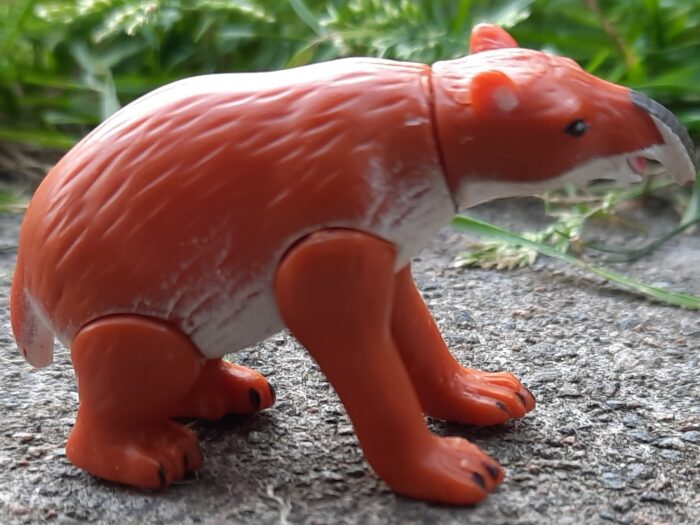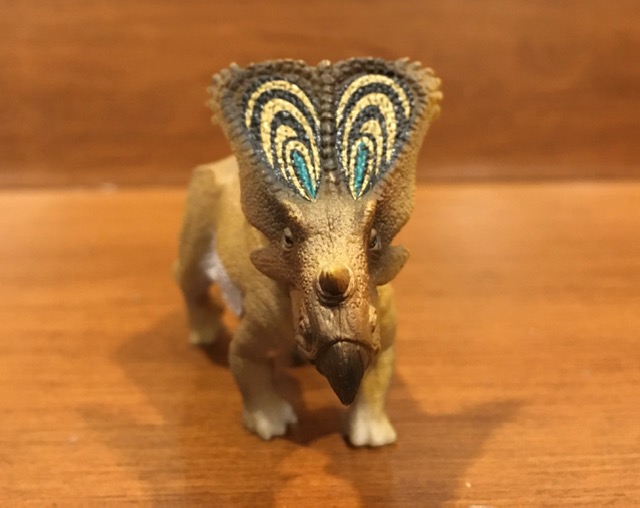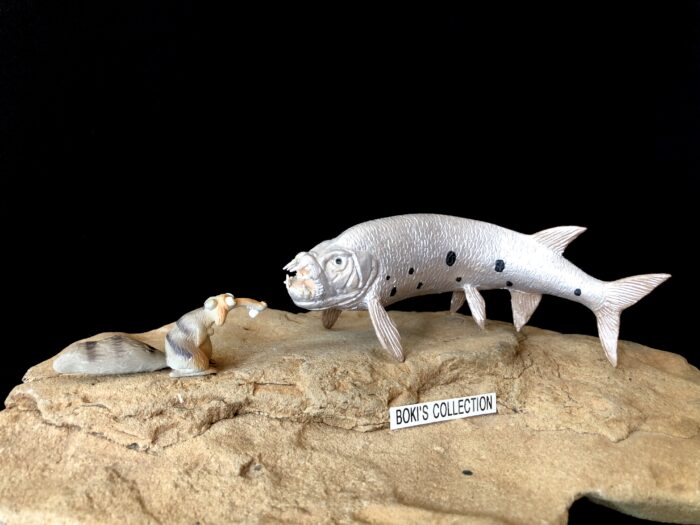Interpreting fossils is never an easy task. Unless the animal was complete when found, or very well preserved, it can be hard to tell what an animal looked like. Prehistoric animals can be revised over and over as new information comes in about them.
Review: Mosasaurus (Jurassic World Snap Squad by Mattel)
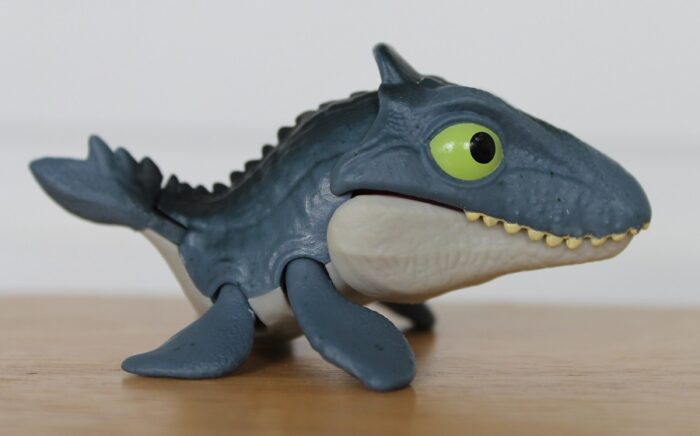
By and large the Snap Squad toys by Mattel have been frustratingly difficult to find. Nearly a year ago I managed to find a few at Wal-Mart, and foolishly didn’t buy them all. That was the first time I ever saw them “in the wild” and I wouldn’t see them again until April 2020, when for some reason they showed up at Aldi of all places.
Review: Chasmosaurus (Age of the Dinosaurs by PNSO)
Review: Microraptor (CollectA)
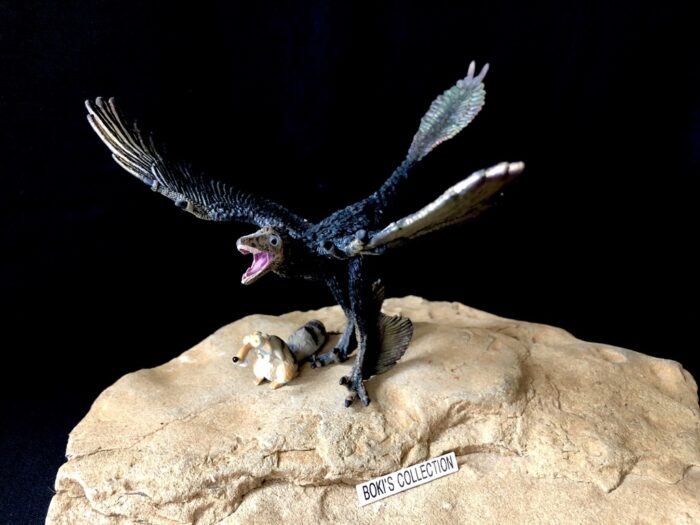
In an Early Cretaceous forest of what would today be known as China, strange, bird-like creatures can be seen moving around in the thick vegetation and canopy high above.These animals are, at first glance, looks like birds roughly the size of a raven, with long tails and black plumage.
Video: Sega Miniature Dinosaurs Unboxing
In which I unbox some teeeny Sega miniature dinosaur figures acquired in a recent trade on the Dinosaur Toy Forum.
Review: Prehistoric Animal Set (The Ark by Joy City)
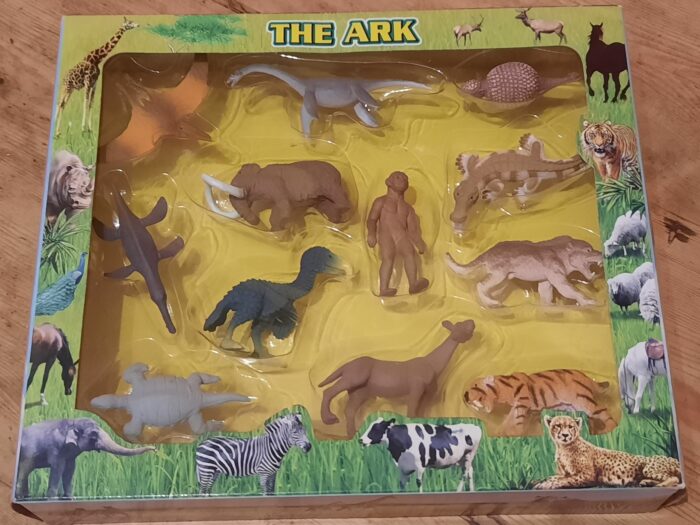
Every now and again, something rather interesting pops up that you wouldn’t expect to be as good as you’d think. The toy sets you would see at supermarkets like Aldi and Lidl, often seen as cheap item makers, having something worth getting. Here, we examine the Joy City line on prehistoric animals, a counterpoint to there Dinosaur wave, which seems more typical chinasaur.
Video: PNSO and Schleich from Everything Dinosaur
In which I unbox some PNSO figures and a Schleich toys purchased from Everything Dinosaur.
Title graphics by Patrx
Review: Zhejiangosaurus (Vitae)
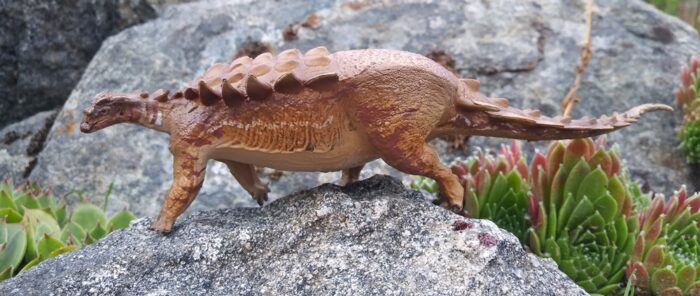
While a lot of dinosaur names are quite a challenge for the laymen to be read and correctly spelled, the ones inspired by Chinese locations and names may even be a serious challenge to the dinosaur expert. Zhejiangosaurus comes as one of the easier names, but maybe one you do not really need to remember…..
Review: Apatosaurus (Monster In My Pocket by Matchbox, Series 6)
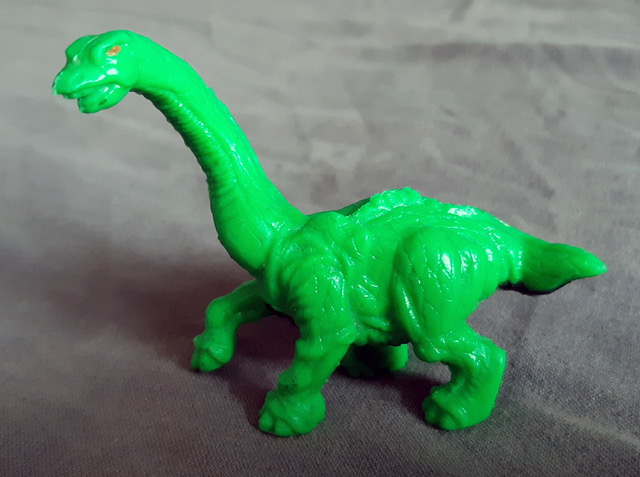
Review and photos by Funk, edited by Suspsy
Monster In My Pocket was a line of small collectible figures in bright colours, all depicting monsters of some kind. The line seems to have had several series consisting of or including prehistoric animals, and the one here, the Apatosaurus, is from Series 6, which appears to have been released in 1993, during the “Dinomania” craze that followed in Jurassic Park‘s wake.
Review: Xiphactinus (Fauna Casts)
Review: Plesiosaurus (Jurassic World Battle Damage by Mattel)
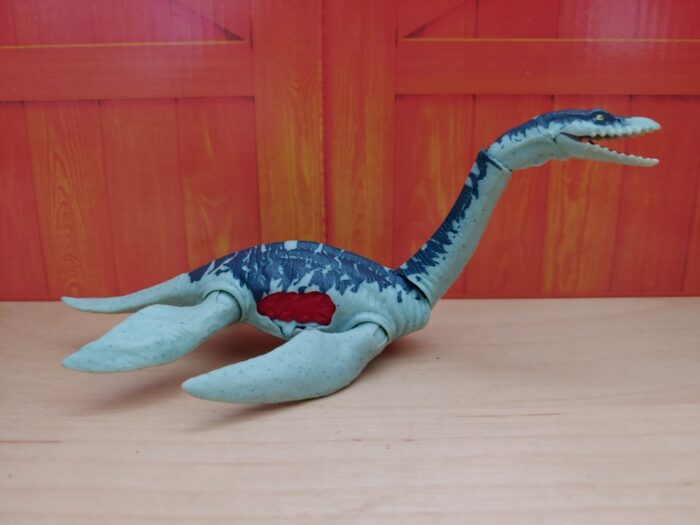
Review and photos by Faelrin, edited by Suspsy
If you had to ask me what my favorite prehistoric marine reptiles are, there’s probably only about a handful or two of them compared to the dinosaurs that they shared the Mesozoic with (and which they often are assumed to be, unfortunately).
Review: Stegosaurus (Horizon)

As far as my “knowledge” goes, Horizon was a small model making company of Chinese origin located in California. It ceased production in the late 90`s or early 2000´s and was famous for making high detailed models of movie characters, like Terminator, Robocop, classic monsters or Jurassic Park.

